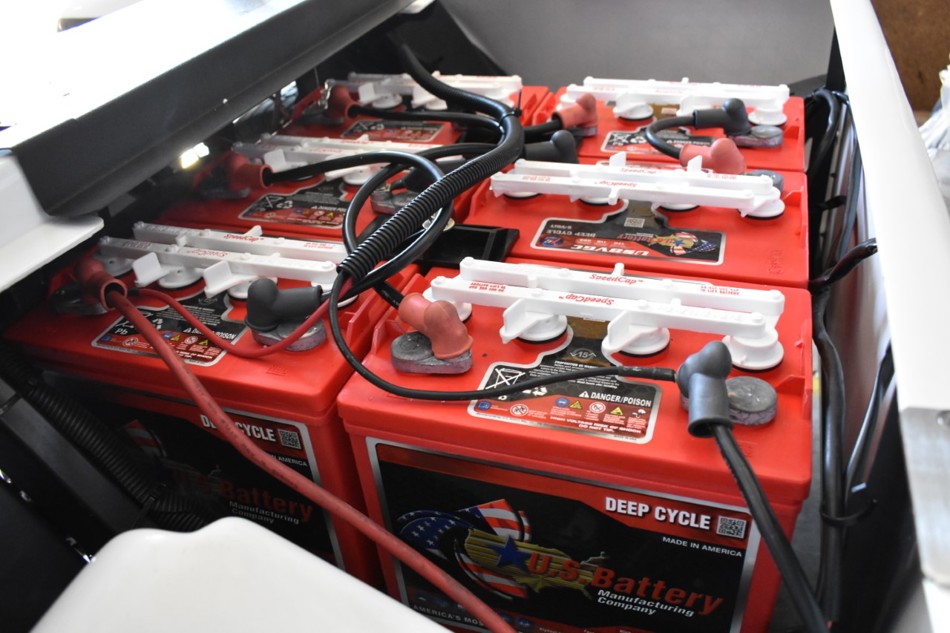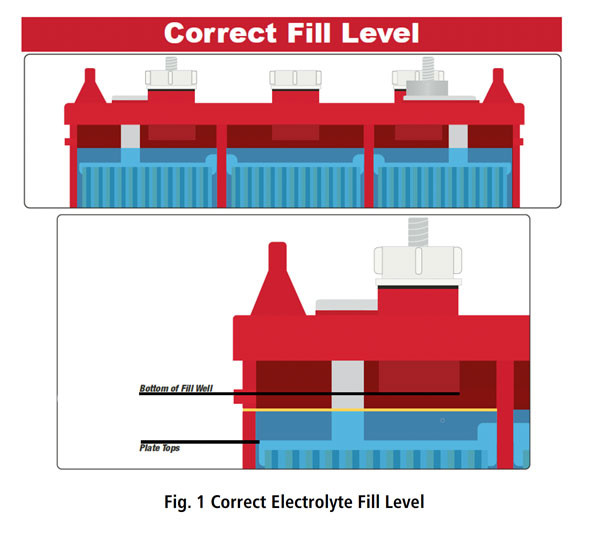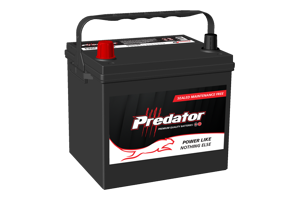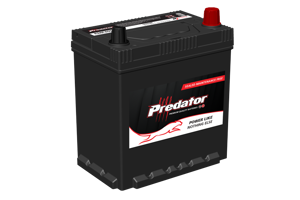Beginner’s Guide to Flooded Battery Maintenance
Beginner’s Guide to Flooded Battery Maintenance
Flooded batteries, also known as wet cell, are a popular choice due to their widespread use in a variety of applications including automobiles, motorcycles, golf carts, solar and emergency backup systems. Many of the flooded batteries in use are Maintenance Free batteries however there are also applications like golf carts, backup generators, solar and emergency backup systems where the flooded batteries require regular maintenance. The thought of conducting preventative maintenance on flooded batteries can be overwhelming however the process can be easy if you follow these steps.

U.S. Battery Deep Cycle Batteries installed in a golf cart
Note: Extreme care must be always taken when handling a flooded battery. Please wear correct PPE including gloves and protective glasses.
1. Inspect the battery
- Examine the outside of the battery. The top of the battery and terminals should be clean, dry and free of any corrosion.
- If there is fluid on top of a deep cycle flooded battery, it may mean the battery is being over charged or over watered; refer below for cleaning.
- Check terminal connections, ensuring they are tight. Replace any damaged terminals or connectors.
- Check that all cell caps are secured properly on the battery.
2. Clean the battery
- If required, clean the top of the battery, terminals and connections with acotton cloth or non-metal brush.
- Make up a solution of approx. 60g soda ash to 1 litre of water. Repeat clean with a cloth or brush, ensuring no solution enters the battery.
- Rinse and dry with a clean cloth.
3. Top-up the battery with water
Deep cycle flooded batteries need watering periodically. The frequency depends on a few factors - usage, charging, operating temperature and age. Check new batteries every few weeks to determine the watering frequency. It is normal for batteries to use more water as they age.
- Deionized or distilled water is recommended. Tap water contains impurities that will damage the battery.
- Fully charge batteries prior to adding water. Only add water to discharged or partially charged batteries if the plates are exposed. When this happens, only add enough water to cover the plates and then charge the batteries.
- Check the Electrolyte level by fist removing the caps and placing them upside down to ensure the underside of the cap is not contaminated (see Figure 1 for correct levels).
- After adding water, reinstall the caps onto the battery.

Caring for a flooded battery is as simple as topping up with water regularly to replenish the water which has evaporated. If this preventative maintenance is not conducted, the battery will deteriorate which can result in premature battery failure, or potentially an explosion.
If you unsure of how to care for your flooded battery or require guidance, please call or visit your local R&J Batteries branch.



